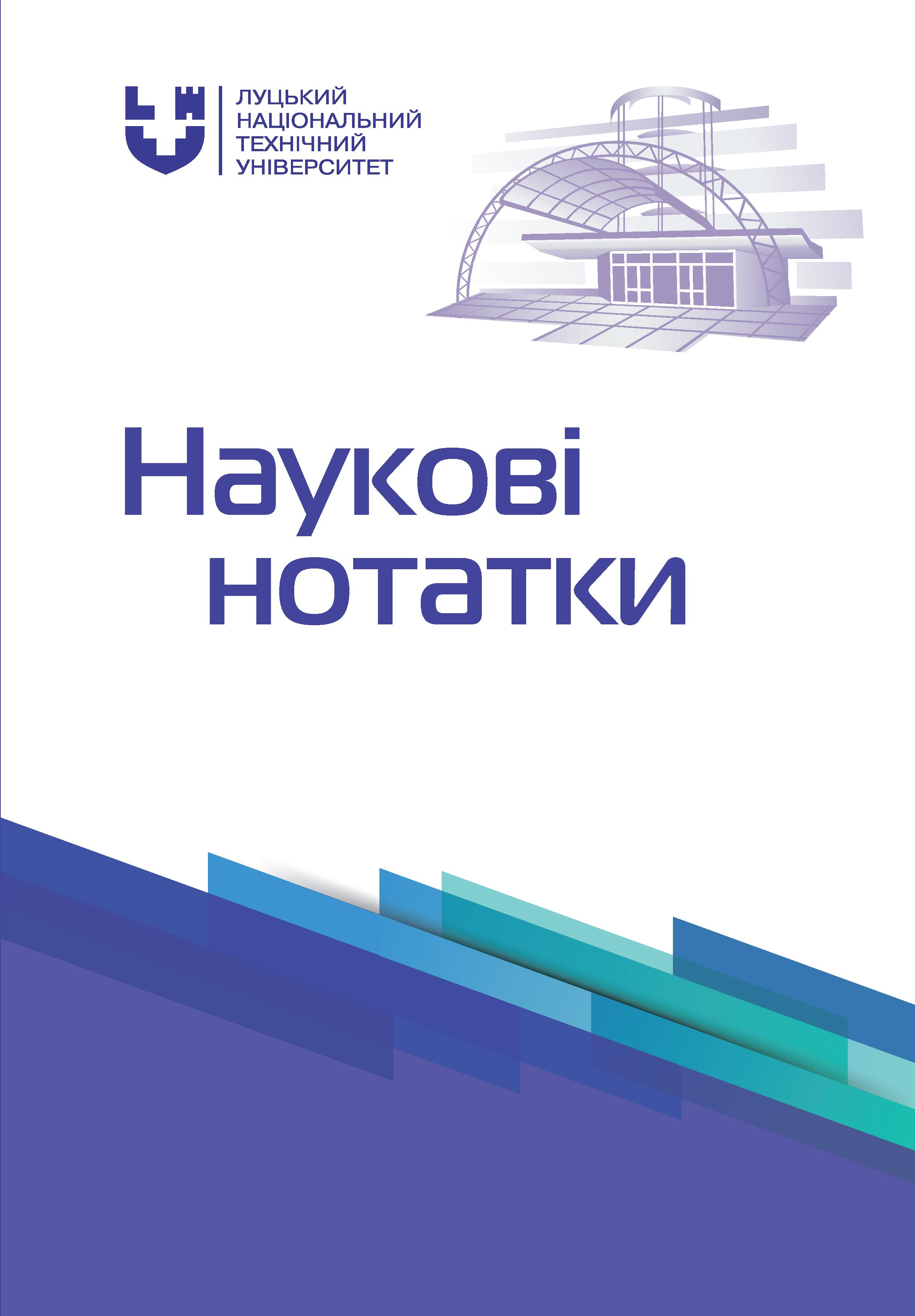COMPARISON OF RESOURCE-SAVING INDICATORS OF THE MICROPROCESSOR BASED MAGNETIC- PULSE UNIT AND EXISTING ELECTROHYDRAULIC PRESS EQUIPMENT WHEN CUTTING PARTS FROM TEXTILE MATERIALS
Abstract
The article deals with the comparison of the technical and economic indicators of the magnetic pulse installation and the existing electro-hydraulic press equipment. Taking into account the results of the research, magnetic pulse press equipment was developed and designed to perform technological operations in light industry. According to the results of experimental studies , it was established that at speeds of 4...7 m/s, the cutter can be immersed in the material to a depth of 0.7...0.9 of its thickness . As a result of the review of technical and patent literature, it was established that there is no consensus among scientists regarding the impact of tool speed on the cutting effort. These speeds can be achieved using press equipment with an electromagnetic motor and on magnetic pulse installations. In order to determine the technical and economic indicators of the magnetic pulse installation, a part made of natural soft leather with a thickness of 0.8 mm was cut. cutter with the maximum possible perimeter L=150 mm.
A system of well-known objective criteria was used to assess the achieved technical level of the magnetic pulse press, as well as to compare its technical and economic indicators with hydraulic press equipment. Calculation of the coefficient, which takes into account the energy consumption of the press per 1 linear mm of the cut part, was carried out experimentally. The essence of this coefficient was that the electrical energy consumed by the press equipment was determined experimentally using an electrical energy meter and compared with the electrical energy consumption of the magnetic pulse installation. As a result of the calculations, the energy consumption in each case was: for the PVG-8-2-0 press – 1.1•10 6 J; for MIU- 1.22•10 4 J. Then the energy consumption coefficient was 6.5 and 0.22, respectively. In addition to the given well-known objective criteria for assessing technical and economic efficiency, the technological cycle of the operations considered in this work should be analyzed to compare the performance indicators of the use of magnetic-pulse press equipment and electro-hydraulic press PVG-8-2-0. It has been established that when performing technological operations (TO) of cutting parts from textile materials on press equipment with a magnetic pulse unit (MIU), it is necessary to achieve the greatest possible correspondence between the effort created by the MIU and the technological effort of performing maintenance, which will lead to a significant saving of electricity by account of its discrete consumption.




